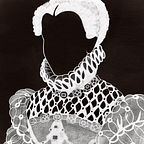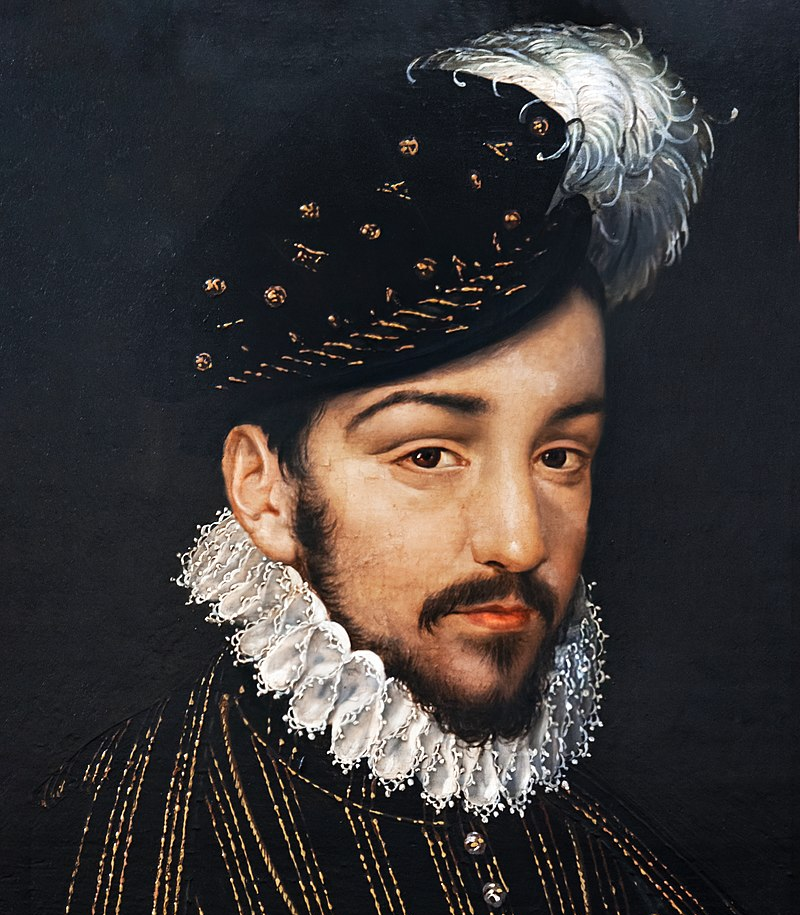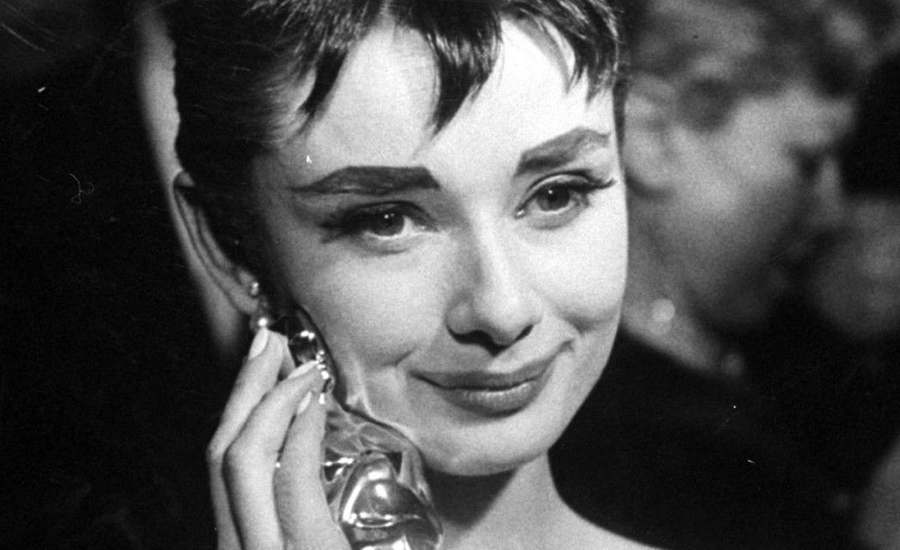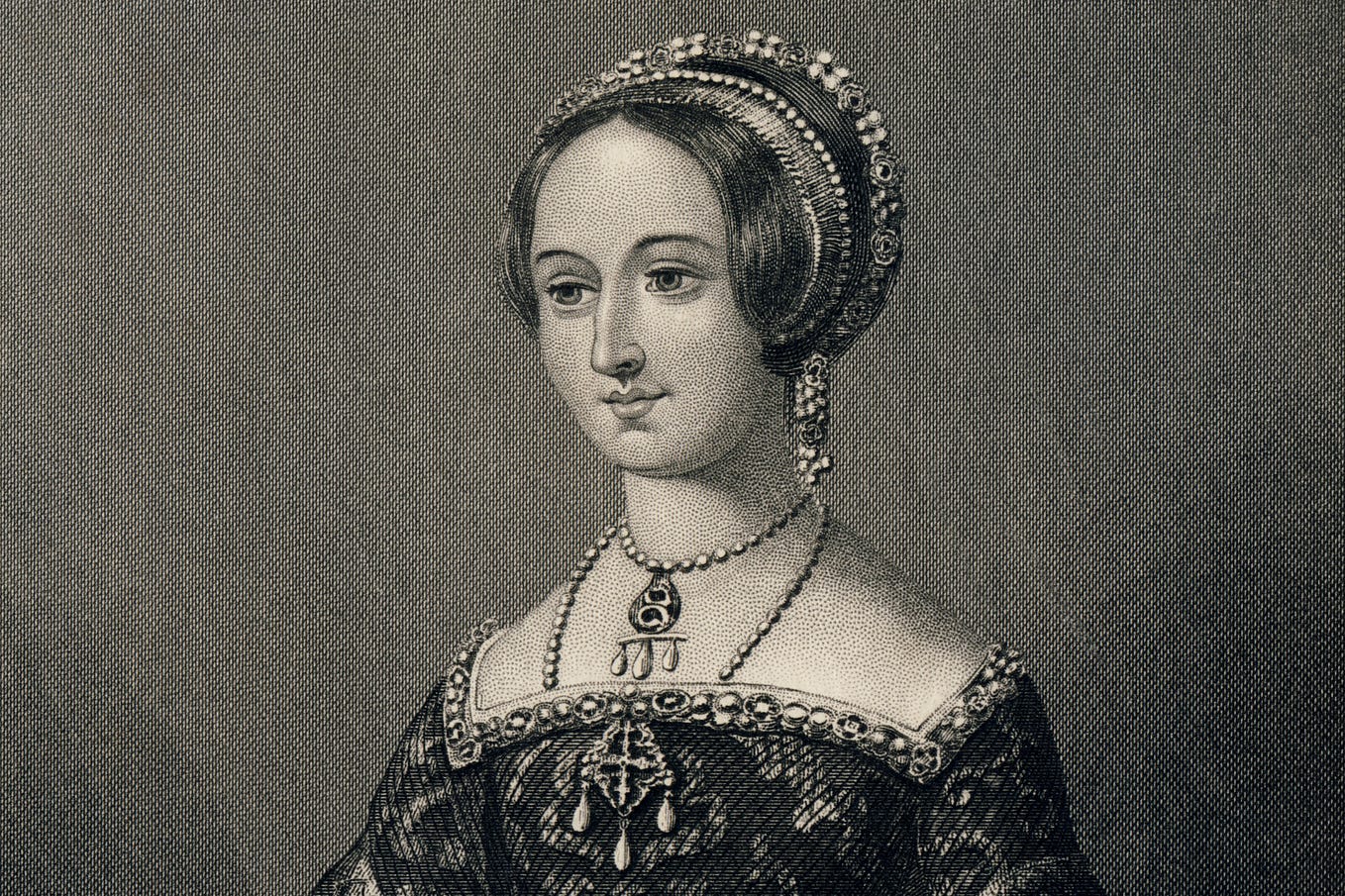The Life of Napoleon’s French Mistresses
One was a painter and a novelist, others a noblewoman and a middle-class beauty. A commoner nicknamed “Cleopatra”, with another a divorcée. All were intelligent and pretty, and all were married off and cared for by Napoleon I himself.
The individuals who made history often did so because of their deeds, their exuberant personalities, as well as the positions they earned or inherited. For this reason, they also led lives that were far from common, which extends to the way they behaved around loved ones.
When wealth and power is at a person’s fingertips, he can possibly afford to let his eyes wander to beauty inaccessible to most others. With his many mistresses, this was certainly the case for the first French emperor himself.
Countess Albine de Montholon
With her portrait painted by one of the most well-known French artists of the era, it is not surprising to learn that Countess Albine was one of Napoleon I’s favorites.
In context, however, this was during his exile on Saint Helena. A running theme with Napoleon’s mistresses, she had been divorced from the husband she had at an early age.
Albine remarried when she was 20, in 1800, but interestingly, it seems that the sons she had in 1809 and 1810 were named after her third husband, whom she married after divorcing the second in 1812. After having three sons, presumably all fathered by her third husband, she gave birth to a daughter on Saint Helena. Though it is unknown who fathered this child, it is presumed to be Napoleon’s daughter.
Napoleon only ever acknowledged one of his mistresses’ children, which was Charles, Count of Léon, but it can be assumed that more had been born to him by different women. Countess Albine’s daughter was named Hélène Napoleone Bonaparte, and she was said to bear a striking resemblance to Napoleon.
She lived until 1907, which, if she was indeed a child of Napoleon, would mean that she was the last surviving child of the emperor. Countess Albine outlasted Napoleon III’s Second French Empire.
Albine de Montholon died in 1848, after which her husband married his own mistress, by whom he had a son. Albine had left the emperor sometime before 1818, but in spite of the potential parentage of her daughter, her husband had stayed with Napoleon to the end of his life in 1821. Some believe the emperor was poisoned, and they regard Albine’s husband as the most likely suspect in this murder.
Pauline Fourès, “Cleopatra”
Pauline worked as a hatter. She had been born to a clockmaker, and she had married a cavalryman.
As a result of her husband’s military duty, she joined him on the French campaign in Egypt. Soldiers’ spouses could not come onto the transport ship, so Pauline disguised herself in a chasseur (hunter) uniform, and for 54 days she remained undetected.
With the army’s arrival in Alexandria, Napoleon sent Pauline’s husband away on a military's mission to France. With him out of the way, the man who would become emperor (it was 1798 — Napoleon was crowned in 1804) was free to begin courting Pauline. When her husband returned, the couple divorced, and Pauline later married and divorced another man, and then married for a third time.
Her last husband was an army officer. They had a successful business in Brazil, and returned to France in 1837. What is remarkable about Pauline, is that she appears to be the only mistress of Napoleon who was of common birth.
Even more remarkable, is that Pauline’s accomplishments make this fact extremely unnoticeable. She published two novels, which were relatively successful, and she also managed to become a painter.
Though she was Napoleon’s mistress throughout his campaign in Egypt, she could not approach him once he had returned to Paris. She appears to have consoled herself by being in the arms of Jean-Baptiste Kléber, a French general, who was assassinated in 1800 in Cairo, Egypt. Kléber, like Pauline, had interests outside of his involvement in the Napoleonic Wars; as a trained architect, he had designed several buildings.
Interestingly, Napoleon feared that Kléber’s tomb would become a symbol for Republicanism, and thus his body stayed on an island near Marseilles for 18 years. His body was later laid to rest in his home town of Strasbourg, and his heart is kept in Paris. Kléber’s name is also on the southern pillar of the famous Arc de Triomphe in Paris.
As for Pauline, she is buried in Paris. Her last husband had seemingly been arranged for her by Napoleon, as she had met him again after years of living in Paris. She had a liking for making music, and she had lived comfortably doing this, as well as painting and writing, until her death in 1869, at the age of 91. On her headstone, she is named as Marguerite Pauline Fourès, born Bellisle, Countess De Ranchoup.
Eléonore Denuelle de La Plaigne
Eléonore, who was born as Louise Catherine Eléonore Denuelle de La Plaigne, came from a middle-class family.
She was full of wit and known as a great beauty. She married when she was 18, but this resulted in little in the way of romance, as soon after their marriage, Eléonore’s husband was arrested for fraud and was imprisoned for several years as a result. Their divorce soon followed, and Eléonore somehow happened upon Napoleon’s sister Caroline.
Caroline must have taken a liking to Eléonore, because it was she who set up the arrangement of Eléonore becoming Napoleon’s mistress. At this point, Napoleon had already become Emperor of the French, and was in his late thirties.
Napoleon was also King of Italy, and in this period he became Protector of the Confederation of the Rhine. He was also still married to Emperess Joséphine. Joséphine had two children from a previous marriage, but by this point she was in her early forties.
The youthful Eléonore, who was in her early twenties by now, would quickly conceive a child by the emperor, and he was named Charles (and made Count of Léon). This proved that Napoleon was capable of fathering children, and that his wife was indeed infertile. It eventually led Napoleon to divorce Joséphine, and he also took care to marry Eléonore to a young lieutenant (she was originally married to a mere captain), which ended the royal affair.
Napoleon paid for her dowry, which was purportedly quite hefty, and the couple settled in Spain. The emperor’s famous Russian Campaign listed the lieutenant as missing in action, and thus Eléonore was subsequently a widow.
Two years later, she married another man, who was with her for 35 years until his death. Eléonore herself lived to the age of 80 in 1868, outlived by her son Charles, who died in 1881. Charles had grown up to be a gambler, and had to go to debtor’s prison twice.
He had had four children survive infancy with his wife, but upon his death was so poverty-stricken, that he was buried in a mass grave in Paris. His daughter Charlotte noted in 1921 that her father looked much like Napoleon I, and that two of her brothers and her own son had been killed in the First World War.










